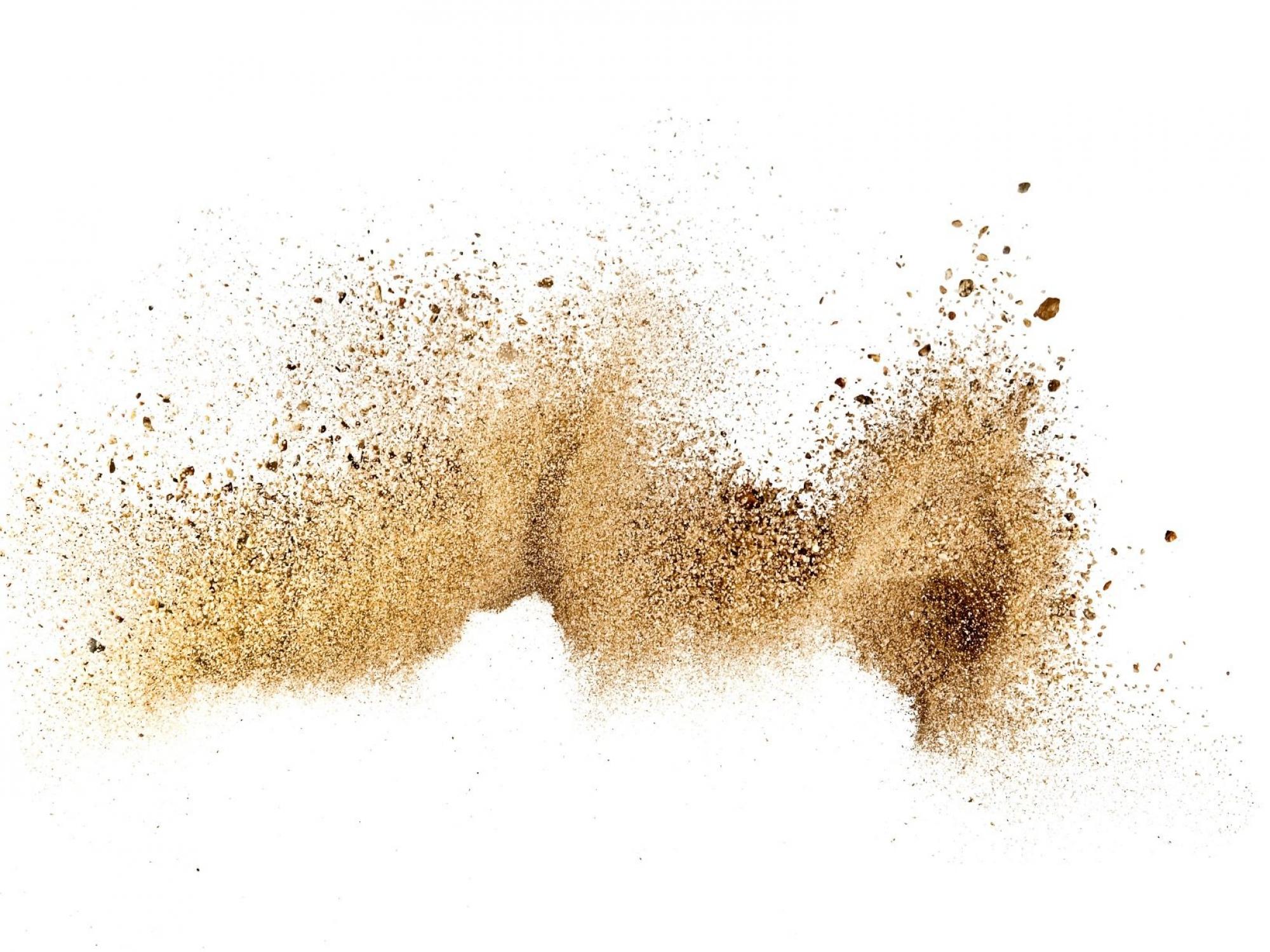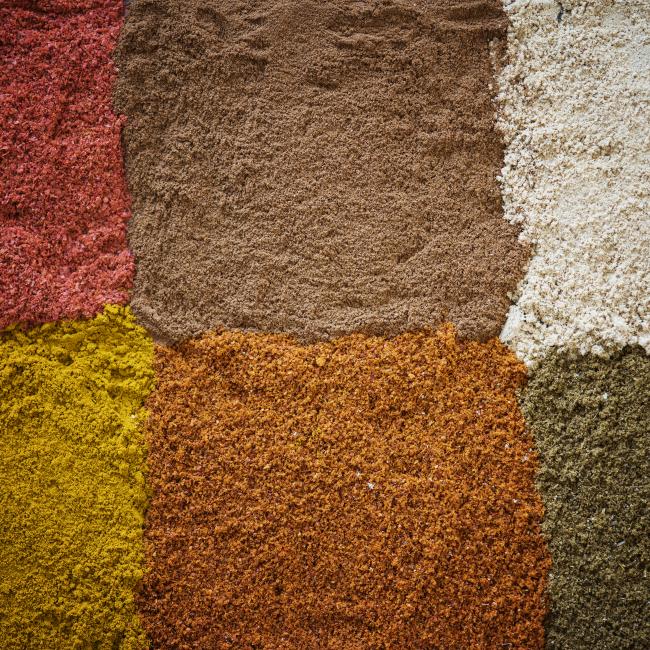Amorphous or crystalline structures are structures that powders can have.
This article discusses:
- The difference between amorphous and crystalline structures
- What different molecular structures look like
- The segregation of powders
The experts at Dinnissen Process Technology are available to answer all your questions:
Get in touch with Juul Jenneskens 077 467 3555
The differences between amorphous and crystalline structures
Amorphous or crystalline structures are structures that powders can have. A mix of both is also possible. The structure does not only depend on the powder, but also on the process used. This is because powders can be produced in these different forms as desired. An amorphous form is obtained by very rapidly cooling the product of a liquid aggregation state. An example that everyone knows is cotton candy. Here, liquid sugar is sprayed away in a thin stream, causing it to cool down quickly by the surrounding air and create an amorphous structure. The difference between amorphous and crystalline powders is in the molecular structure. This also determines the different properties. Does the powder not have the desired stability or functionality? Then modifying the molecular structure can have an effect on these powder properties.
The different molecular structures
Common powders with a crystalline structure are salts, sugars and organic acids. These are non-hygroscopic, which means that they have little or no tendency to absorb water. In addition, powders with a crystalline structure are stable and have good flow properties. They are characterized by an ordered molecular arrangement. The molecules are arranged periodically. For that reason, only the molecules of the crystals at the interface can react with outside material such as water. From a thermodynamic point of view, the crystalline structure is in the lowest energy level, or in a stable equilibrium state. The amorphous structure can be found in powders such as carbohydrates and proteins. Many food products such as milk powders, flour and protein powders normally also have an amorphous structure. Molecules in the amorphous structure, in contrast to the molecules in the crystalline structure, are disordered, open and porous. As a result, one molecule has more different sides to form external compounds, so that they can easily absorb volatile organic substances, such as water.
The segregation of powders
Where substances are combined during mixing, substances are separated from each other during segregation. Segregation is sometimes desirable during powder processing, but most of the time it is absolutely undesirable. In general, the powder as a final product must be a homogeneous mixture.
So while segregation is actually the opposite of mixing, they both involve the same three processes:
- Convection
- Shear
- Diffusion
Segregation arises - desired or undesirable - due to the differences in physical properties of the particles. A mixture made of different powder particles tends to separate. Because these powder particles with different properties also move differently from each other, segregation arises. The powder particles of the same size find each other and group in their "own" area. When the segregation can continue completely, powder particles with the same properties will have a complete "own" area within the powder. The size of the powder particles is the most important factor here.
Ultimately, segregation affects the quality of the end product because of the irregularities it produces in the composition and appearance of the powder. This also affects the processability of the powder and achieving the correct composition for optimal use. This influence of segregation during shipping, packaging or processing is a major concern in many industrial processes. However, there are possibilities to combat segregation. The prevention of vibrations, placing vertical partitions in storage bins and shorter fall distance from the hopper can minimize or even prevent the separation of substances.

Sand
Molecules in an amorphous structure are disordered, open and porous and can therefore more easily form connections with other substances such as water

Name: Juul Jenneskens
Advisor
Please feel free to contact me if you have any questions about this subject. My team of colleagues and I are ready to answer!
Get in touch with Juul Jenneskens 077 467 3555 [email protected]
Do you prefer to request a consultation directly?

